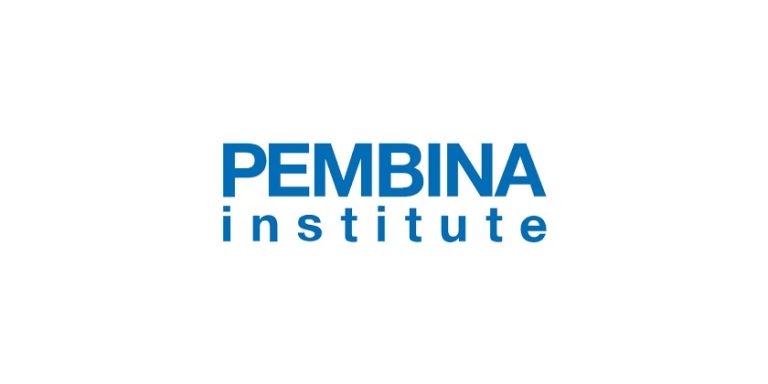Whitepaper: Fan-and-Filter Units to Cool Industrial Enclosures
August 12, 2021
As electronic components become increasingly smaller and are positioned closer together in the enclosure, they become ever more sensitive to external factors such as dust, oil, and temperature. High temperatures are “enemy number one” for sensitive components. Heat must be dissipated effectively and permanently so that these components can function properly. There are several methods for dissipating this heat, including natural convection, fan-and-filter units, air/ air and air/water heat exchangers, and cooling units. Each of these options has its advantages and disadvantages. This white paper describes the basic principles involved in choosing a fanand-filter unit to cool an industrial enclosure. It discusses when you can use a fan and filter unit instead of another cooling solution. And it tells you how to calculate the necessary fan and filter unit and what you will need to bear in mind.
Heat must be dissipated from the enclosure to help ensure the proper operation of the electronic components. This can be done in a number of ways, including: natural convection, fan and filter units, air/air heat exchangers, air/water heat exchangers and cooling devices. A fan and filter unit is a good and effective way of dissipating heat, and also the most economical alternative. If you want to use a fan and filter unit, it is important to calculate how much capacity (airflow) is needed and how much airflow the proposed fan and filter unit actually delivers in combination with an outlet filter. This is the only way to help ensure the desired temperature in the enclosure and provide you with an optimal situation for your components.
Go HERE to download the whitepaper
















